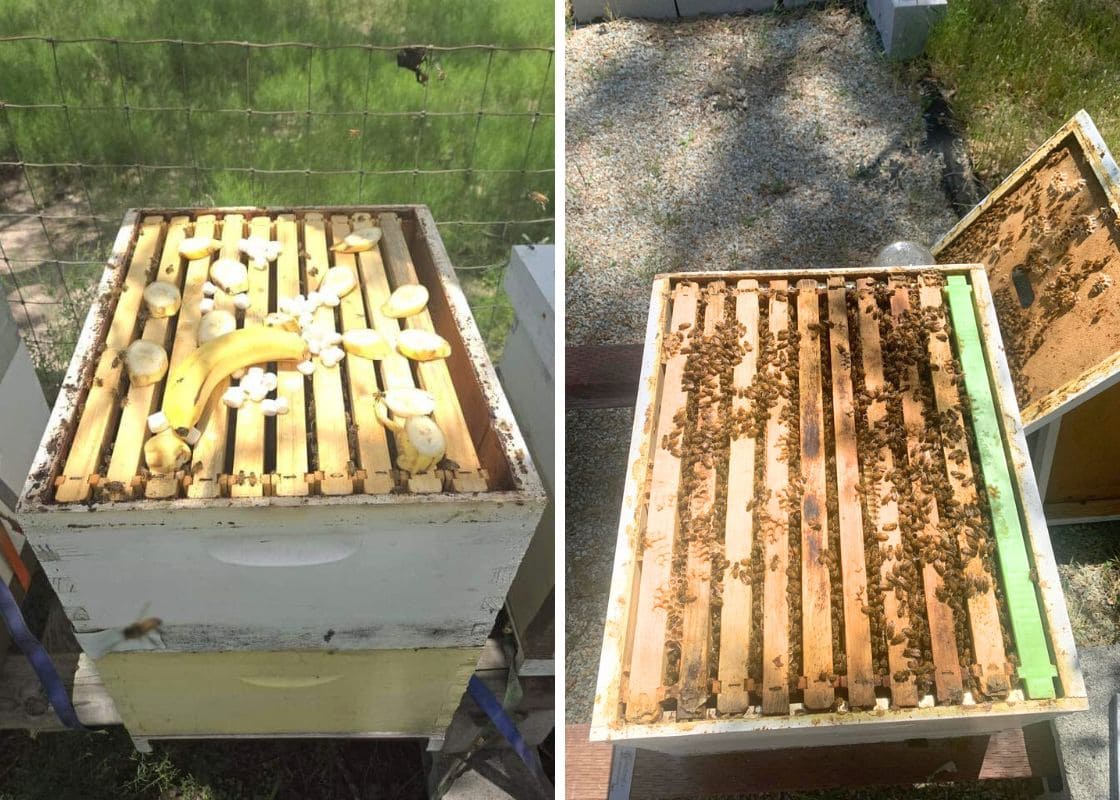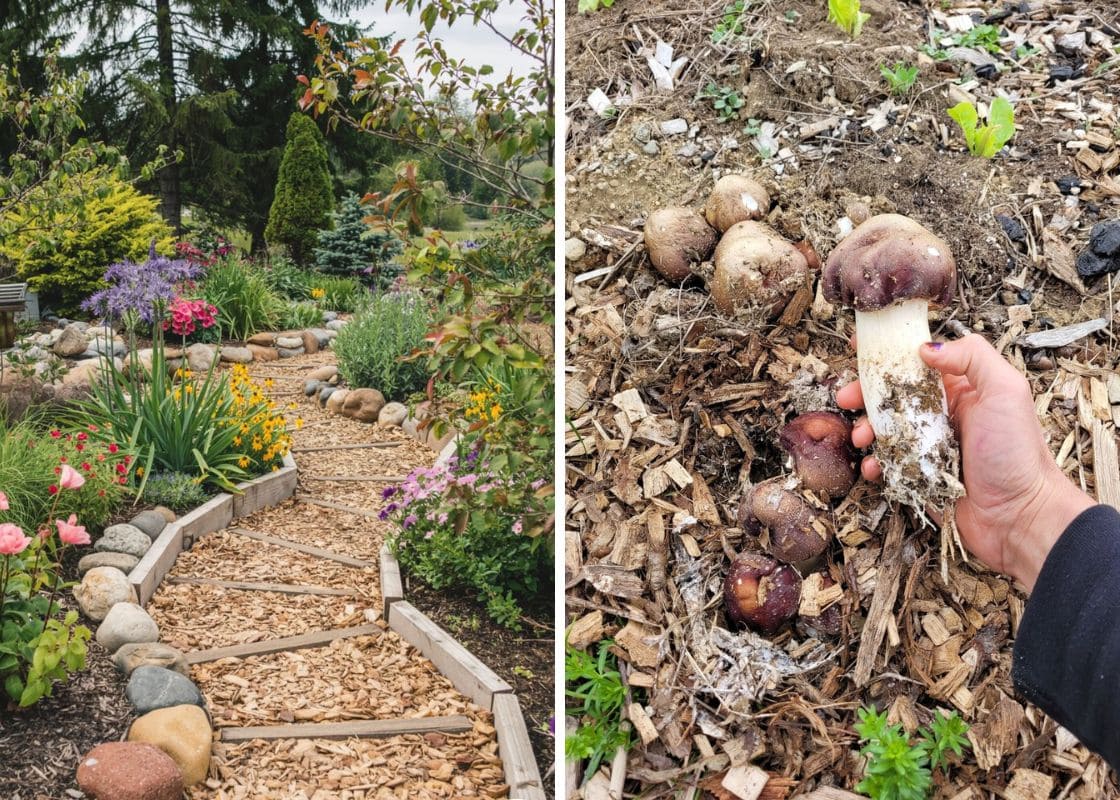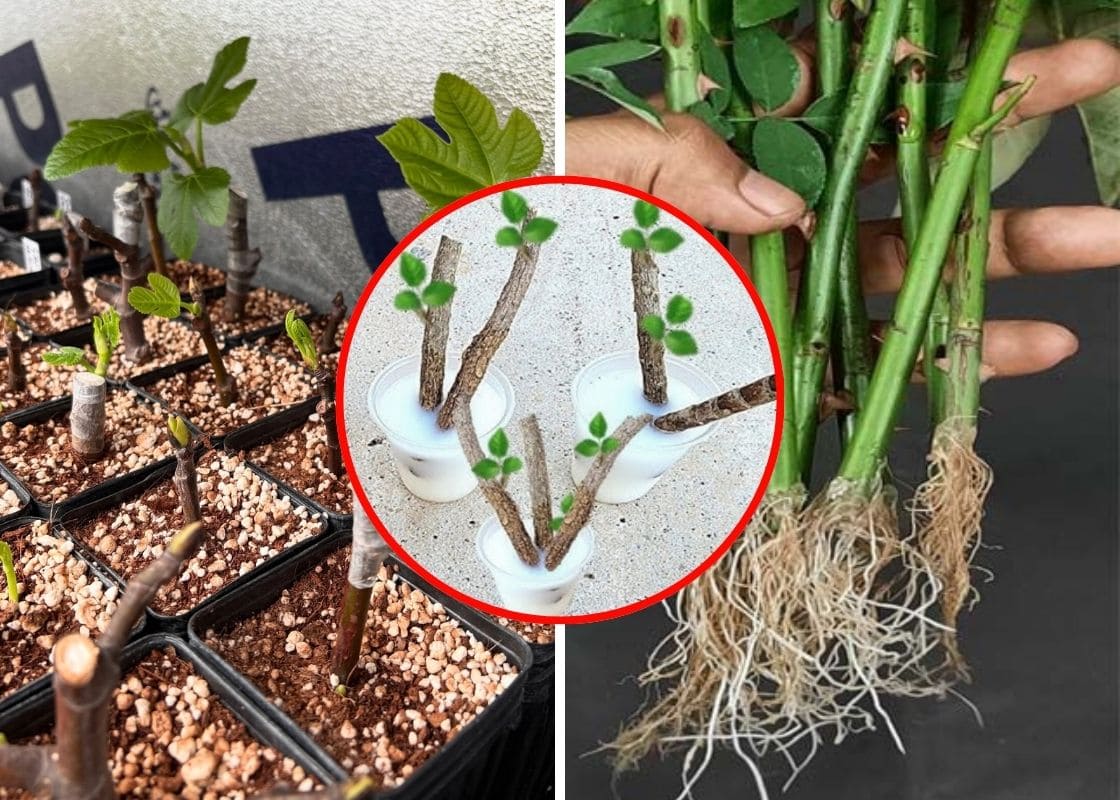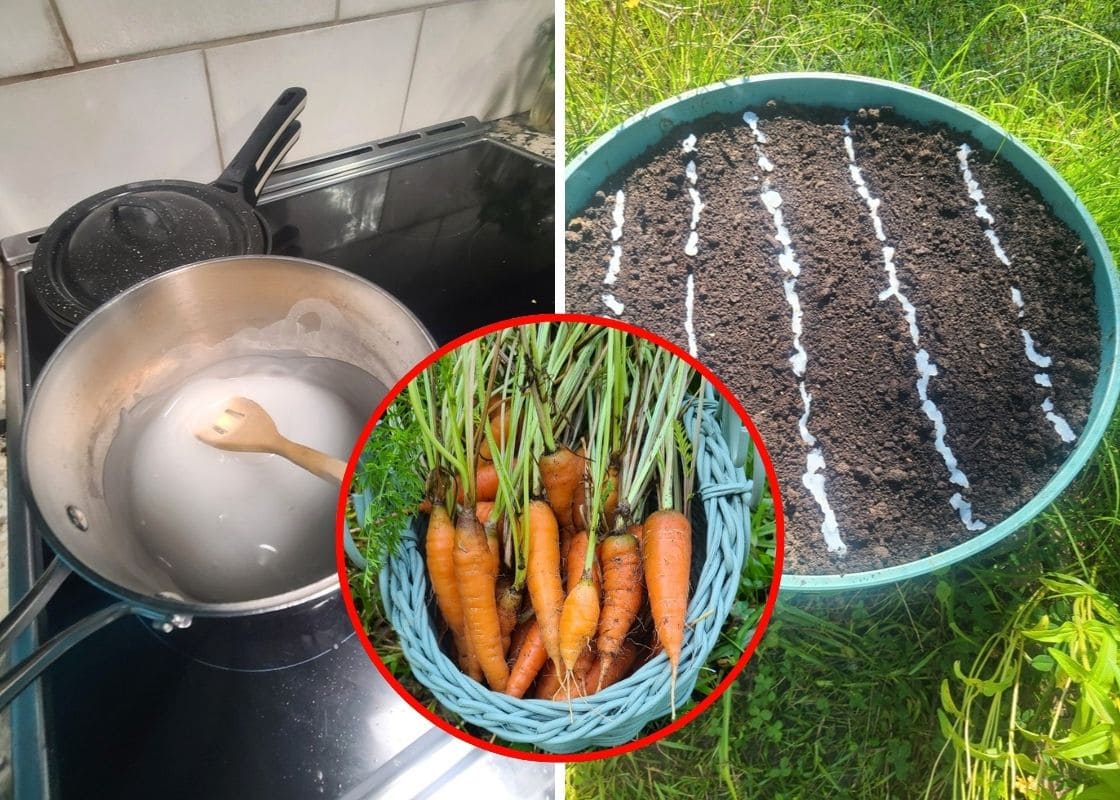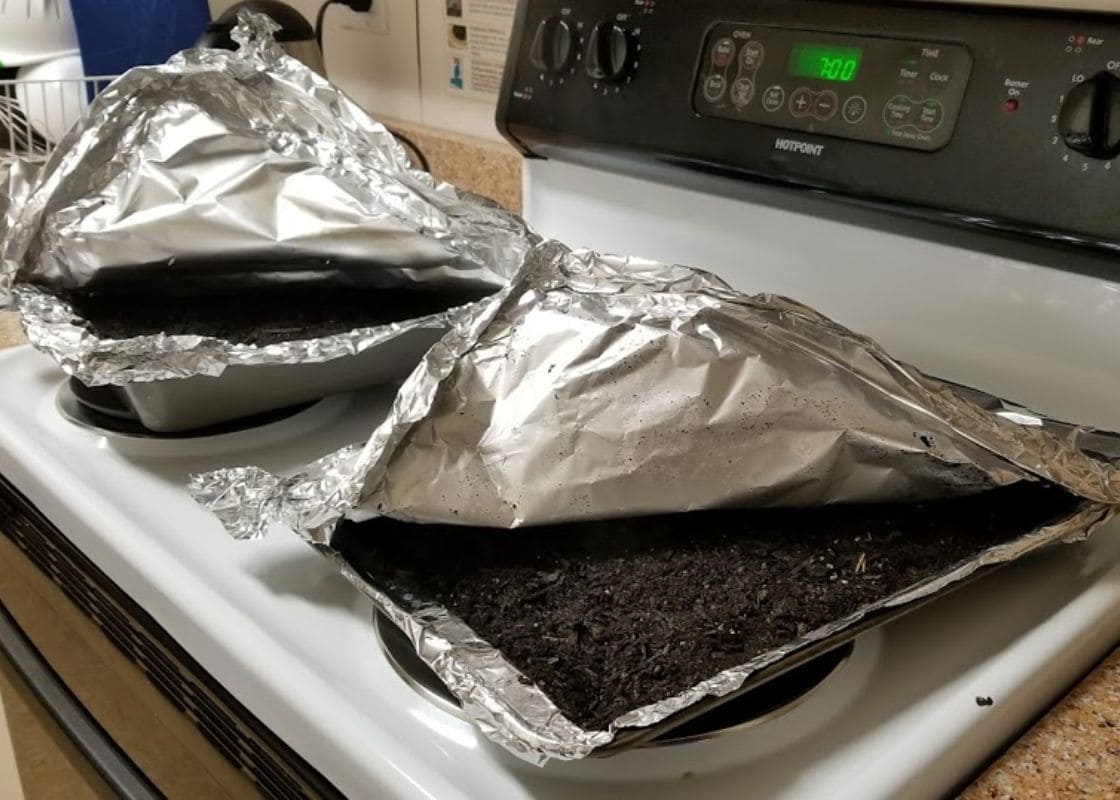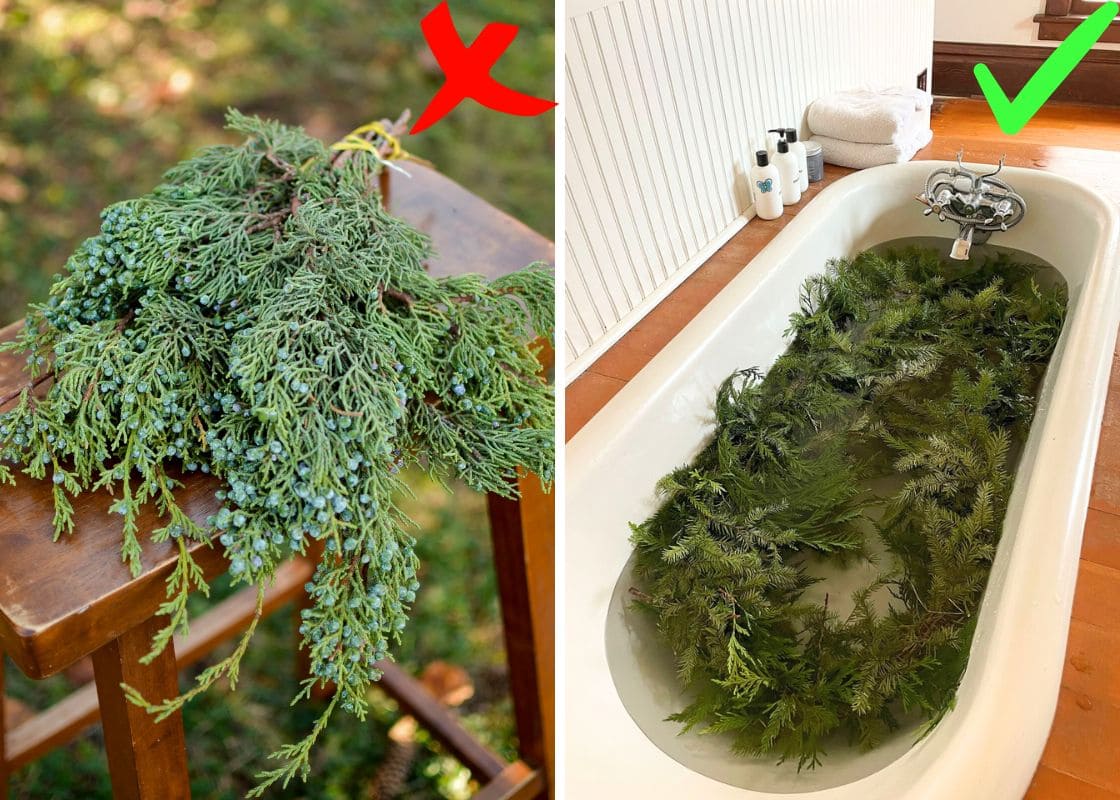There are many rumors about the wandering jew plant being toxic, especially for cats. As a cat owner, have you ever wondered whether this popular houseplant is safe for your furry friend or not.
In the following post, I will clear up these concerns and help you protect your cats while still enjoying the beauty of your indoor plants.
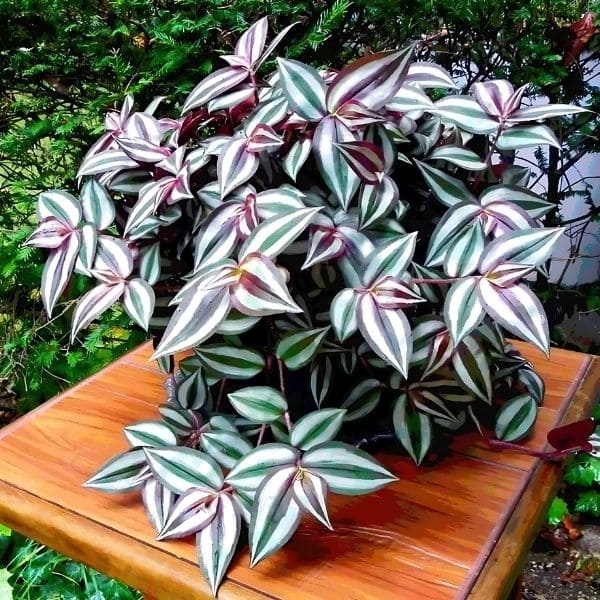
| Scientific name | Tradescantia |
| Common name | Wandering Jew, Inch Plant, Spiderwort |
| Subspecies | Tradescantia fluminensis, Tradescantia zebrina, Tradescantia pallida |
| Plant type | Perennial |
| Growth habit | Trailing and creeping |
| Leaf shape | Variegated with stripes |
| Leaf Color | Green, purple |
| Flower color | Small, typically white, pink, or purple |
| Living environment | Bright, indirect light; Well-draining soil |
| Toxicity | Toxic to pets |
Is Wandering Jew Toxic to Cats?
Yes. According to the ASPCA, wandering jew contains calcium oxalate crystals in its leaves and stems.
While it might not seriously harm your pet, chewing it can cause discomfort, leading to skin or bowel irritation. If your cat ingests any part, especially the stem, it can cause vomiting or diarrhea.
Toxic Elements In Wandering Jew
The wandering jew plant contains saponins and calcium oxalate crystals that can be harmful to our pets.
Saponins, which are foaming compounds, can cause significant digestive issues if ingested. Additionally, the plant has calcium oxalate crystals, which are sharp and can cause irritation and swelling in the mouth and throat.
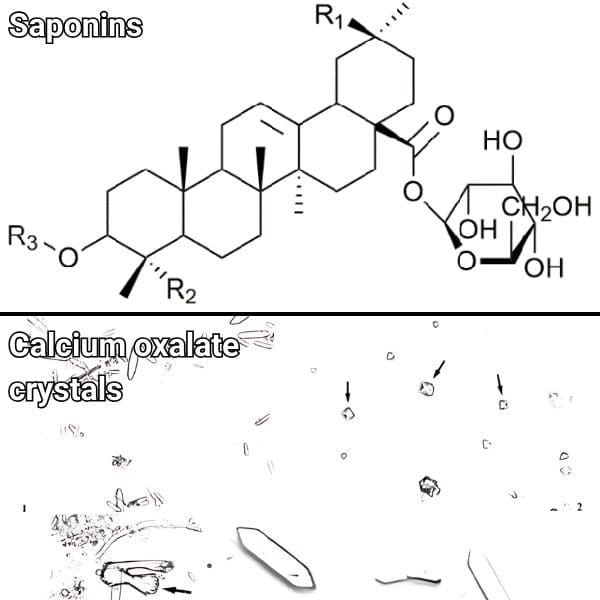
Symptoms of Wandering Jew Toxicity in Cats
Look for these areas on your pet to be affected first: the groin, stomach (due to laying on the plant), and under your pet’s chin, as well as any other body part that comes into contact.
Common symptoms to watch for include vomiting, diarrhea, and irritation and swelling in your cat’s mouth and throat. These symptoms can lead to behavioral changes, such as increased lethargy and a noticeable loss of appetite.
Remember, your cat might not be able to say “I’m not feeling well,” but it can certainly show you. Stay vigilant and keep an eye out for these signs of toxicity. If you observe any of these signs, it’s crucial to seek veterinary care immediately.
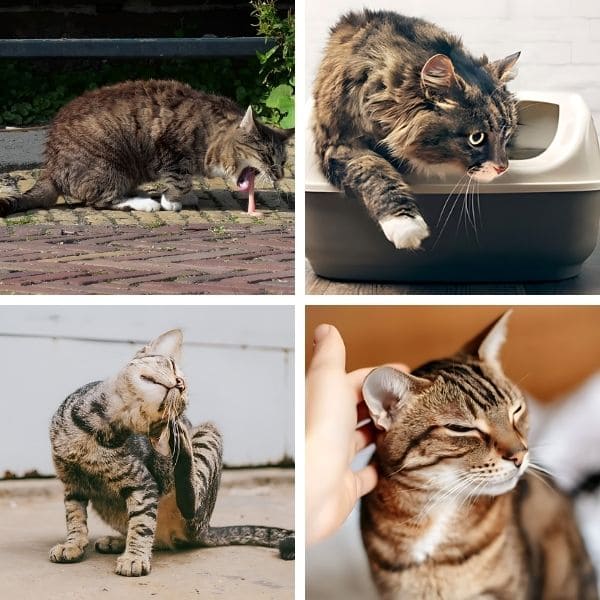
How to Prevent Wandering Jew From Cats
Prevention Strategies
What if you love having both plants and pets in your home? I couldn’t bring myself to part with a plant just because it’s potentially harmful to my cat. So, I’ve developed a few strategies to keep my wandering jew plants safely out of reach.
One of the most effective methods is placing these plants on high shelves or using hanging baskets secured to the ceiling. This keeps them well beyond the nimble reach of my curious cats.
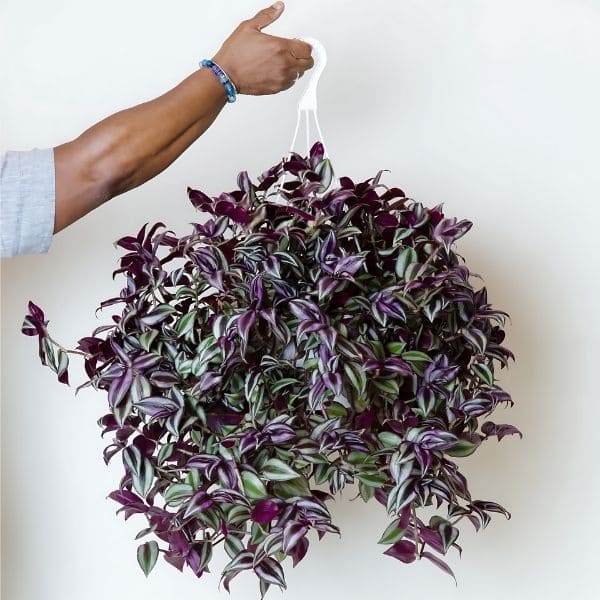
It’s important to remember that cats are often more agile than we give them credit for.
I’ve had plants that were six feet off the ground, only to find them mauled because my cat managed to jump from one ledge to another. That’s why using barriers or plant stands can be essential, creating a physical boundary that makes it more challenging for your cat to access these plants.
Educating your family members about the risks is also key. Make sure everyone in your household knows why it’s important to keep wandering jew plants out of your pets’ reach.
Immediate Actions if Ingestion Occurs
First, don’t panic. Immediate action can make a significant difference. If you suspect your cat has nibbled on the plant, quickly remove any plant material from its mouth. This might be tricky, but it’s an essential first step.
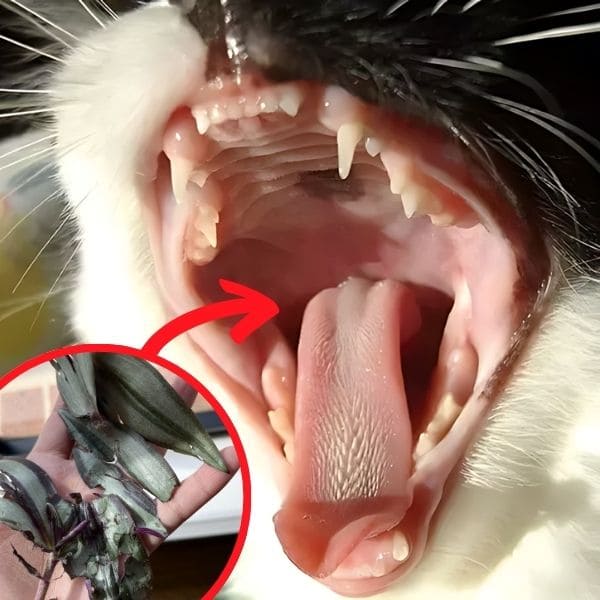
Next, gently rinse your cat’s mouth with water. Use a small amount and be careful not to cause more stress to your pet. This helps to wash away any remaining plant toxins.
After this, it’s important to closely observe your cat for any symptoms. Look for signs such as vomiting, diarrhea, excessive drooling, or mouth irritation. Behavioral changes like lethargy or loss of appetite can also indicate that something is wrong.
Seeking Veterinary Care
Keep an eye on your cat and monitor its condition.
If you notice any of these symptoms, contact your veterinarian immediately for advice and potential treatment. A vet can accurately assess the situation and provide the necessary treatment to prevent further complications.

Veterinary care often starts with inducing vomiting to remove any remaining plant material from your cat’s stomach. This is typically done using safe, controlled methods that only a professional should administer.
Following this, the vet might administer activated charcoal. This substance helps absorb any remaining toxins in your cat’s system, reducing the potential for further harm.
In addition to these immediate treatments, your vet may provide supportive care, which can include administering fluids to prevent dehydration and medications to soothe irritation or control symptoms like vomiting and diarrhea.
This comprehensive approach ensures your cat receives the best possible care and can recover more quickly.
Alternatives and Safe Practices
Safe Plant Alternatives for Cat Owners
Some excellent alternatives to the wandering jew include the spider plant, Areca palm, and boston fern. These plants are not only safe for cats but also bring beauty and greenery into your home.
Spider plants are incredibly easy to care for and can thrive in various lighting conditions, making them perfect for any room.
Areca palms add a tropical feel and can grow quite tall, creating a striking visual impact. Boston ferns, with their lush, green foliage, are great for adding a touch of nature indoors.
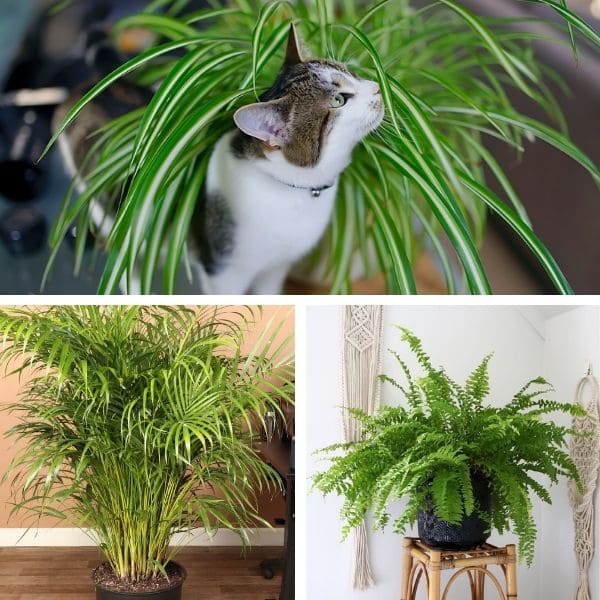
Creating a Pet-Friendly Environment
Opt for non-toxic varieties as I have suggested above. When choosing plants, it’s essential to shop by scientific name. Many plants go by several different names, which can lead to confusion and potential harm to your cat.
It’s also important to remember that “non-toxic” does not mean “no problem.” Some cats may develop mild stomach upset from ingesting any type of plant, as it’s not part of their regular diet.
Proper plant placement is also crucial. Place plants on high shelves or use hanging baskets to keep them out of your pet’s reach.
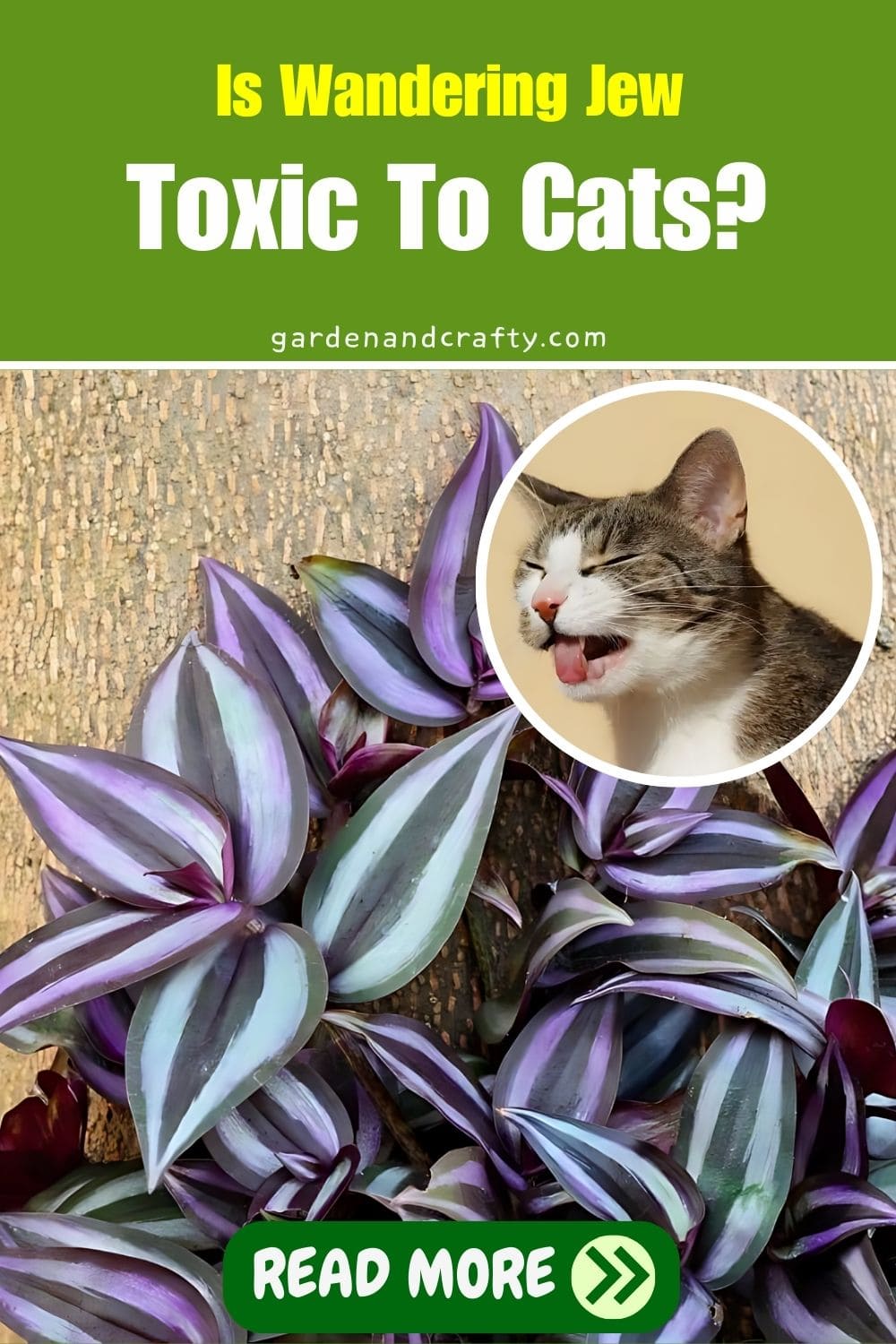
Being aware of plant toxicity is necessary for cats’ safety. Choose non-toxic plants, ensure proper placement, and seek veterinary care when needed to keep your furry friends healthy.

